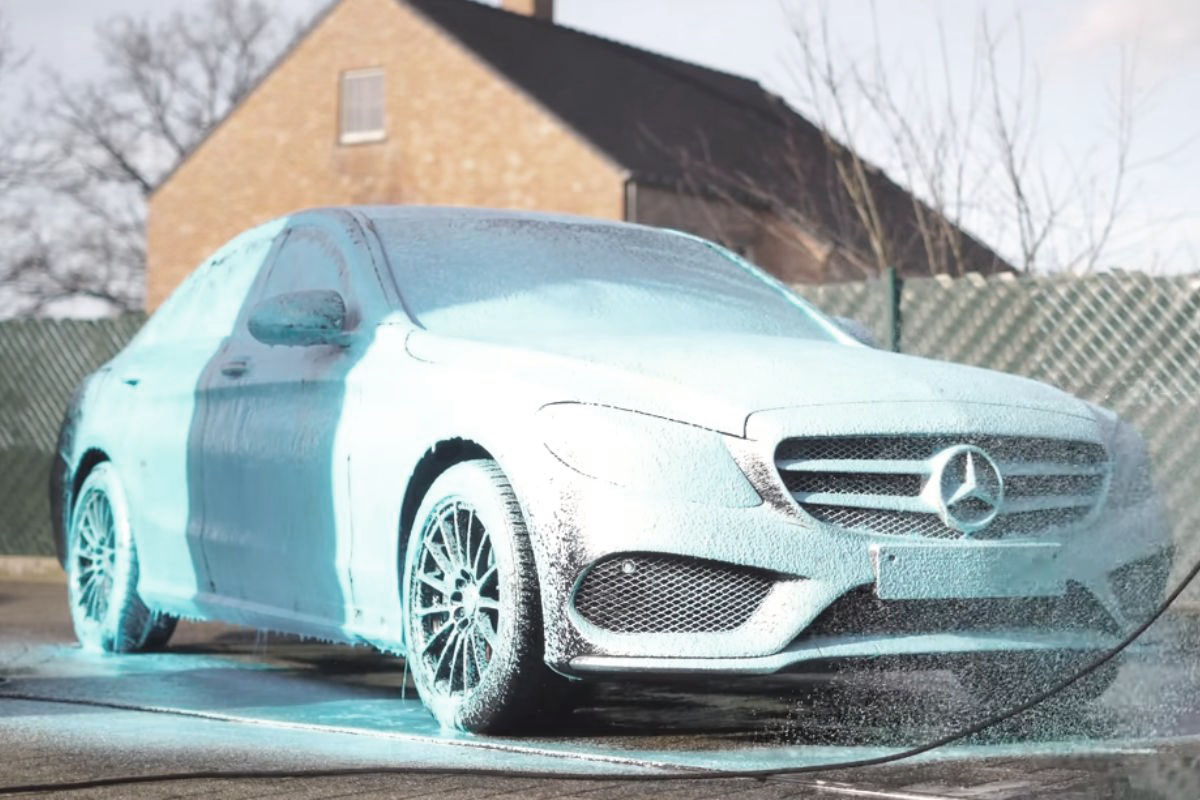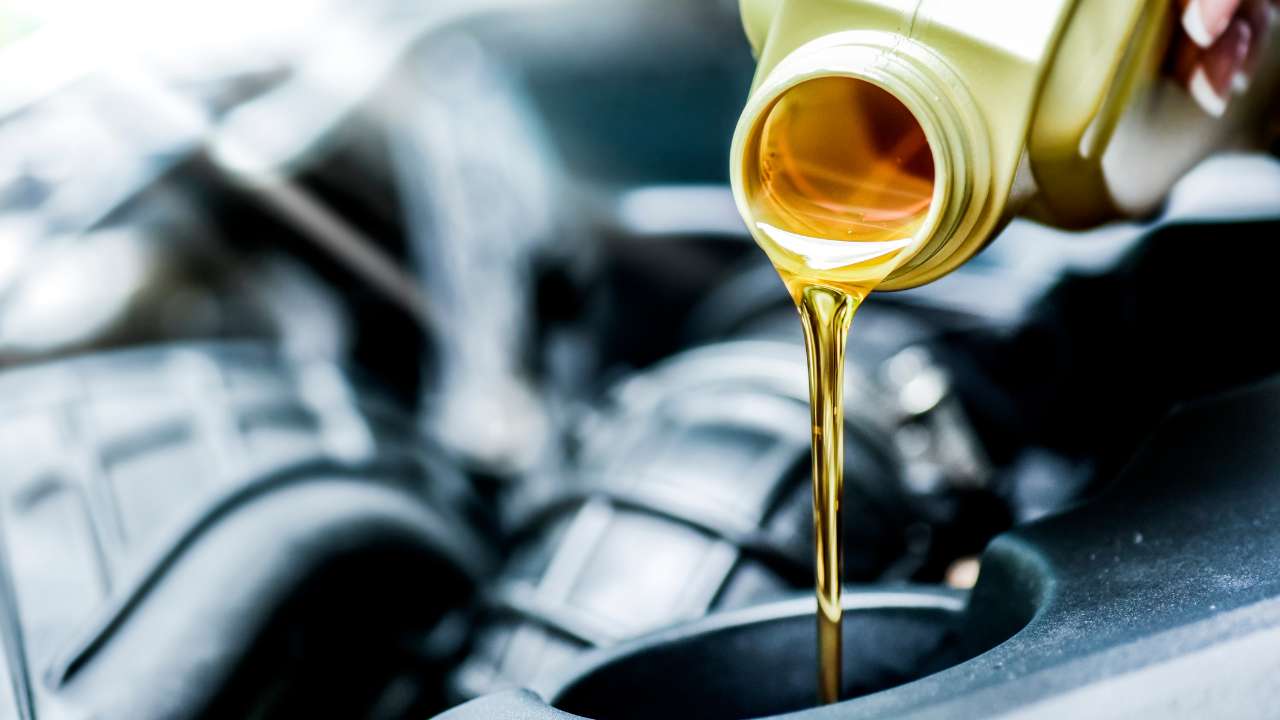Yes, you can wax your car too much, which can lead to negative consequences such as damaging the clear coat and reducing the overall longevity of the wax coating. Regularly waxing your car is an important part of maintaining its appearance and protecting the paint from environmental factors such as uv rays and debris.
However, it is possible to wax your car too often, which can lead to buildup and eventually damage to the clear coat. Additionally, excessive waxing can reduce the durability of the coating, meaning that you will need to wax the car more frequently. Understanding how often to wax your car and using a quality wax product are both important factors in maintaining your car’s appearance and protecting the paint.
Understanding Car Waxing
Maintaining the appearance of your car is crucial, and car waxing is one of the essential tasks to keep your ride looking sleek and shiny. While many car owners enjoy the satisfying feeling of a freshly waxed vehicle, there is a question that comes up frequently: can you wax your car too much?
To answer this, let’s start with understanding what car waxing is.
What Is Car Waxing?
Car waxing is a process of applying a protective layer on your car’s exterior surface to protect it from various environmental factors such as uv rays, dust, and water. The wax creates a barrier on the paint surface, giving your car a new and polished look.
Types Of Car Wax
Now that you know what car waxing is, let’s talk about the different types of car wax available in the market.
- natural wax: made from natural ingredients like beeswax and carnauba wax. It provides a high level of shine and protection to your car and lasts longer than synthetic wax. Natural wax is eco-friendly and does not contain any harmful chemicals.
- synthetic wax: made from chemicals like polymers and silicones, synthetic wax is easier to apply and provides long-lasting protection to your car. It does not last as long as natural wax, but it provides added shine to your car.
- spray wax: as the name suggests, spray wax is easy to apply and provides a quick shine to your car. However, the protection it provides is not as long-lasting as other wax types.
How Car Wax Works
Car wax works by creating a barrier on the car’s paint surface, which helps to protect it from environmental factors like dust, water, rain, and uv rays. The wax fills in any gaps or imperfections in the paint surface, providing it with a protective layer.
Read More: how long after painting car your can polish it.
If you apply wax too frequently, the wax layer can become excessively thick. Wax buildup can lead to a dull and cloudy appearance on the paint surface, which is not desirable. Additionally, frequent waxing can cause some areas to become darker, resulting in an uneven appearance.
There is no definitive answer on how often you should wax your car. It depends on various factors such as how often you drive your car, the weather conditions, and how you store it. However, waxing your car every three to four months is generally recommended to maintain its appearance and protect the surface.
Remember to use the right type of wax for your car, as well as to apply and remove it correctly, following the instructions provided by the manufacturer.
Benefits And Risks Of Car Waxing
As car owners, we all want our vehicles to look good on the road. From regular washing to detailing, there are a lot of things we can do to protect our rides’ exteriors from damage and dirt. One way to keep our cars looking their best is by waxing them regularly.
However, can you wax your car too much? Let’s take a look at the benefits and risks of car waxing.
Advantages Of Car Waxing
- Protection from environmental damage: waxing your car creates a barrier that protects it from harmful elements such as uv rays, rain, dirt, and debris.
- Enhances appearance: regular waxing gives your car a shiny and polished look, making it stand out on the road.
- Helps maintain resale value: when you wax your car frequently, you reduce the chances of paint damage and rust, which in turn helps maintain the car’s resale value.
Disadvantages Of Car Waxing
- Time-consuming: waxing your car can be a time-consuming process, and it requires careful attention to detail.
- Expense: quality car wax can be expensive, and frequent waxing can add up quickly.
- Streaks: applying wax incorrectly can leave streaks or swirl marks on your car.
Identifying The Risks Of Waxing A Car
While waxing your car is generally safe, there are some risks to be aware of, including:
- Over-waxing: waxing your car too much can damage the paint and clear coat, making it susceptible to scratches and chips.
- Abrasive products: some car wax products contain abrasive ingredients that can damage the paint over time, especially if used frequently.
- Improper application: applying wax with the wrong tools or technique can also lead to paint damage or streaks on your car’s exterior.
Car waxing has many benefits, but there are also risks to consider. To get the most out of your waxing routine, use high-quality products and follow the instructions closely. Be mindful of how often you are waxing your car, and make sure to avoid over-waxing.
With proper care and attention, your car’s exterior will stay looking its best for years to come.
Waxing Your Car: Can You Wax Too Much?
How Often Should You Wax Your Car?
Is too much waxing harmful to a car’s finish? As a car owner, you might wonder how often you should wax your car. Overwaxing can result in some consequences, but neglecting to wax your car can be even worse! In this section, we examine how frequent you should wax your car, factors that determine waxing frequency, and potential consequences of neglecting to wax your car.
Factors That Determine Car Waxing Frequency
Several factors affect how often you should wax your car.
- Where you live: living in a coastal area with salty air, or in areas with extreme temperatures and high humidity can require more frequent waxing.
- Car usage: frequent driving, high speeds, and exposure to environmental elements mean your car needs regular waxing.
- Paint age: the age of your car’s paint could determine the need for extra waxing. Older or heavily used paint may need more waxing than new paint.
Common Waxing Schedules
The ideal time to wax your car comes down to your individual needs and preferences.
- Every three months: this is a commonly recommended timeframe for waxing cars. It is a good rule of thumb that provides sufficient protection to your car’s finish.
- Every six months: if you use your car less often, you can extend your waxing frequency to six months’ intervals.
- Every time you wash: if you want to maximize your car’s protection, wax it after every wash. This may require more time and effort, but it will provide maximum care for your car.
Potential Consequences Of Neglecting To Wax A Car
Neglecting to wax your car could result in several issues:
- Paint damage: your car’s paint could fade, suffer from oxidation, or lose its shine, all of which impact your car’s aesthetic appeal.
- Surface scratches: without adequate protection from waxing, minor scratches can turn into significant damage.
- Resale value: a poorly maintained car could deteriorate in value.
How frequently you should wax your car depends on several factors, including where you live and how often you drive the car. Although over-waxing isn’t healthy, neglecting to wax regularly could have negative consequences for your car’s paint and overall value.
Therefore, it’s crucial to consider necessary preventative measures, such as waxing, to protect your car and ensure that it looks great for years to come.
Can You Wax Your Car Too Much?
Waxing your car helps protect the paint surface from damage caused by the sun’s ultraviolet rays, road salt, and other environmental factors. It gives the car some shine and makes it look great. However, sometimes we get carried away with the excitement of waxing, and we may end up overdoing it.
The question remains: can you wax your car too much? The answer is yes. In this blog post, we’ll explore the reasons why excessive waxing is harmful and what happens when you wax your car too much.
Explanation Of The Keyword “Can You Wax Your Car Too Much?”
The phrase “can you wax your car too much” refers to the practice of repeatedly applying wax to your car’s surface. It is generally accepted that waxing a car every three months is sufficient to keep it protected. However, some car owners wax their cars too frequently, thinking that it will provide additional protection.
But, in reality, over-waxing can do more harm than good.
Factors That Influence Over-Waxing Of A Car
Over-waxing happens when you apply wax too often, and it accumulates on your car’s paint surface.
- The type of wax used
- The frequency of waxing
- Environmental factors
- The condition of the car’s paint surface
It’s important to know that excessive waxing can have negative consequences on your car’s exterior and its protection from damage.
What Happens If You Wax Your Car Too Much?
The consequences of over-waxing can result in various issues such as:
- Wax build-up – wax residue material can build up layers upon layers and deform the surface of the car, creating a rough texture that diminishes the appearance of your car.
- Fading and discoloration – waxing your car too much can also result in fading and discoloration of the car’s paint job, which can ruin the car’s appearance.
- Attraction of more dirt – too much wax buildup can act as a magnet to attract more dirt and dust, making your car even dirtier than before.
When you wax your car too much, you risk damaging the paint and effects of the wax, leading to expense repairs. While it’s essential to take care of your car, too much of anything isn’t always a good idea. Knowing when to stop waxing and how to take care of your vehicle properly will help you maintain your car’s appearance and protect it from potential damages.
When To Stop Waxing Your Car
Waxing your car is an essential part of keeping your vehicle looking its best. It provides a protective layer that can keep your car’s paint from being damaged by environmental elements, such as bird droppings, tree sap, and harsh weather conditions.
However, like anything in life, too much of a good thing can be harmful. So, the question is, can you wax your car too much? The answer is yes. In this article, we will take a look at when to stop waxing your car, the signs that indicate you are waxing your car too often, what to do if you have already waxed your car too much, and strategies to avoid over-waxing your car.
Signs That Indicate You Are Waxing Your Car Too Often
- Your car’s paint has become hazy or cloudy
- You notice streaks or other marks on the paint
- The wax is difficult to remove or requires a lot of effort to buff out
- The wax starts to flake off or becomes uneven
If you notice any of these signs, it’s time to take a break from waxing your car. Over-waxing can damage your car’s paint job, leaving it looking worse than before you started.
What To Do If You Have Already Waxed Your Car Too Much
If you have already waxed your car too much, don’t worry.
- Wash your car with warm water and a mild soap to remove any excess wax.
- Use a clay bar to gently remove any remaining wax residue and dirt.
- Apply a polishing compound to restore the paint’s shine and remove any swirling or hazing.
- Follow up with a high-quality wax to protect your car’s paint and keep it looking its best.
Strategies To Avoid Over-Waxing Your Car
- Stick to a regular waxing schedule, once every 3 to 4 months, as recommended by car experts.
- Use high-quality wax that is formulated for your car’s paint type.
- Apply the wax thinly and evenly, using only as much as necessary.
- Wait for the wax to dry completely before buffing it out, usually about 5 to 10 minutes.
- Avoid waxing in direct sunlight or on a hot day, as the wax can dry too quickly and be difficult to remove.
By following these strategies, you can keep your car looking its best without risking over-waxing.
Waxing your car is an important part of keeping it looking great, but it’s essential to know when to stop waxing. Over-waxing can damage your paint job and leave your car looking worse than before. By paying attention to the signs, knowing what to do if you have gone too far, and using the right techniques to avoid over-waxing, you can keep your car shining for years to come.
Frequently Asked Questions Of Can You Wax Your Car Too Much
Is It Okay To Wax Your Car Every Week?
While it’s not harmful to your car, it’s unnecessary to wax your car every week. Waxing provides a protective layer on the car’s exterior and generally lasts a few weeks so waxing every week could be a waste of time and effort.
Can You Wax Your Car Too Much?
Yes, waxing your car excessively can cause some harm. Because wax is designed to protect your car’s exterior paint job, continuous waxing can result in an accumulation of wax buildup that will need to be removed eventually to avoid damage.
How Often Should I Wax My Car?
In most cases, it’s best to wax your car every 3-4 months as it provides ideal protection for your paint job. Waxing more frequently may result in an excess buildup of wax and could possibly remove the older layers.
Can I Apply Wax In Direct Sunlight?
It’s not recommended to apply wax in direct sunlight because the sun can heat up the car’s exterior, making the wax difficult to apply and clean effectively. Therefore, it’s best to apply wax in a shaded and cool location.
Conclusion
Keeping your car clean and polished is important to maintain its pristine look. However, waxing your car too much can lead to several problems like leaving streaks, scratches, build-up and more. It’s recommended to wax your car 2-3 times a year for optimal benefits.
In case you decide to wax it more often, ensure that you use a high-quality wax and follow the correct process. It’s also worth noting that proper washing and maintenance is crucial as well. Regular hand washes and keeping your car away from direct sunlight can prolong the waxing results.
So, can you wax your car too much? The answer is yes, and it can lead to unwanted consequences, but with proper care and caution, you can keep your car looking shiny and new for many years to come.
I’m Jose Whitmore is a writer at autoadvicelab.com & More.
I have over 10 years of experience working as a product specialist in the automotive sector.
My passion for reviewing all things cars stems from my love for fast cars and my own project cars.
In addition to driving around Texas at night, I’m enjoying reviewing the latest products, accessories, and mods.






